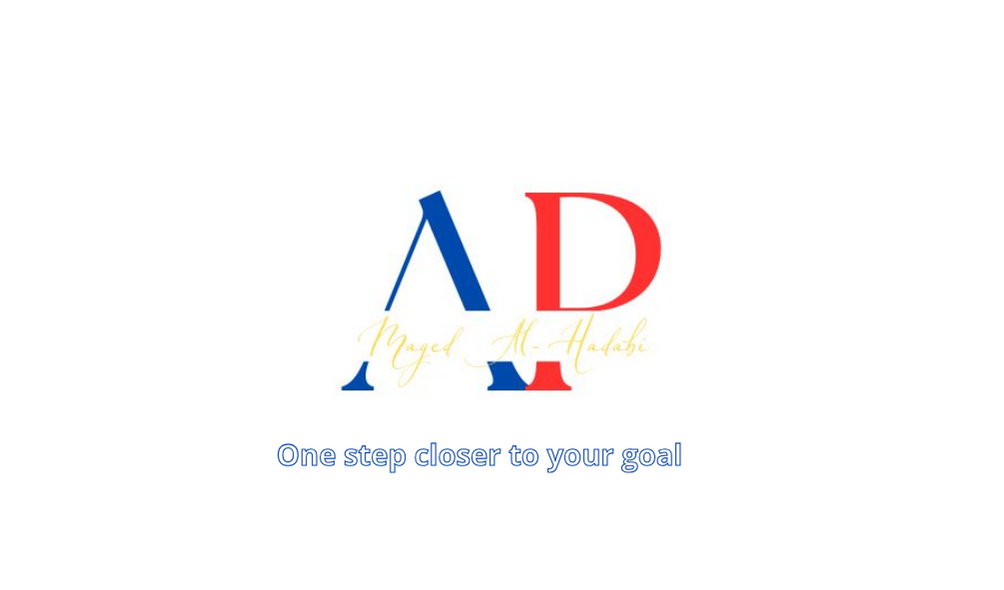Shippers may use the term known as limited quantity dangerous goods. In dangerous goods regulations, this term means shipping dangerous goods in small quantities.
In other meaning, the shipper can ship certain dangerous goods which do not exceed certain quantity limits per inner packaging and outer packaging.
What is a Limited Quantity Dangerous Goods?
This means that dangerous goods packages, which do not exceed certain quantity limits per outer and inner packaging gain relief from the dangerous goods regulations. This relief is a simpler regulatory alternative to preparing all dangerous goods shipments as fully regulated.
Why?
This dangerous goods shipping option may pose a lower risk during transportation of dangerous goods by air than shipping dangerous goods in larger quantities. The shipper will benefit from some exemptions such as the strict packaging requirements, provided that a limited quantity of dangerous goods is properly packaged and labeled.
Furthermore, using the limited quantity dangerous goods option, the shipper wishing to ship dangerous goods by air can save considerable costs for packaging and shipping.
DG classes are permitted in a limited quantity
Only dangerous goods which meet the criteria of the following classes, divisions, and packing groups (if appropriate) may be carried under the provisions for dangerous goods in limited quantities:
DG Class 2: Gases
Example:
- UN 1950 in divisions 2.1 and 2.2,
- UN 2037 in divisions 2.1 and 2.2 without a subsidiary hazard, etc.
DG Class 3: flammable liquids
Example:
- Flammable liquids in Packing Groups II and III; and
- UN 3478 (fuel cell cartridges, containing flammable liquids).
DG Class 4: Flammable solids
- Flammable solids of division 4.1 in packing groups II and III but excluding self-reactive substances and polymerizing substances irrespective of packing group.
- Substances of division 4.3 in packing groups II and III solids only, and
- UN 3476 (fuel cell cartages, containing water-reactive substances).
DG Class 5: Oxidizers and Organic Peroxides
- Oxidizers of division 5.1 in packing groups II and III.
- organic peroxides of division 5.2 only when contained in a chemical kit, or a first aid kit.
DG Class 6: Toxic Substances
Toxic substances of division 6.1 in packing groups II and III.
DG Class 8: Corrosives
Corrosives of class 8 in packing groups II and III, etc.
DG Class 9: Miscellaneous Dangerous Goods
Only the following DG proper shipping names:
- Dibromodifluoromethane (UN 1941),
- Benzaldehyde (UN 1990),
- Ammonium nitratefertilizers (UN 2071),
- Environmentally hazardous substance, solid, n.o.s. (UN 3077),
- Environmentally hazardous substance, liquid, n.o.s. (UN 3082),
- Chemical kit or First aid kit (UN 3316),
- Aviation regulated liquid, n.o.s. (UN 3334),
- Aviation regulated solid, n.o.s. (UN 3335), and
- Consumer commodity (ID 8000) of Class 9 substances.
Limited Quantity Packaging Requirements
General Packaging Requirements
Limited quantities of dangerous goods must be packaged per the general packing requirements.
Limited Quantity Packing Instruction
Limited quantities dangerous goods must be packaged per packing instructions indicated in column G - in IATA 4.2 List of Dangerous Goods and which is identified by the prefix letter “Y”.
Furthermore, a Max weight of 30 kg (approx. 66 lbs) per package, and single packaging, including composite packaging, are not permitted.
Note: refer to the current IATA Dangerous Goods manual, and you must adhere to specific packaging requirements for the DG Class you are shipping.
Package Performance Test
Drop Test:
The package as prepared for transport must be capable of withstanding a 1.2 m drop test onto a rigid, non-resilient, flat, horizontal surface, in a position most likely to cause the most damage.
Stacking Test:
Each package offered for transport must be capable of withstanding, without breakage or leakage of any inner packaging and without significant reduction of effectiveness, a force applied to the top surface for 24 hours equivalent to the total weight of identical packages if stacked to a height of 3m (including the test sample).
The List of Dangerous Goods – IATA DGR Table 4.2
I will give you an example, using the IATA DGR - table 4.2- list of dangerous goods. In this example, we will review all information regarding one dangerous good substance from class 2 dangerous goods.
As you see in the below image, you can ship Acetal, UN 1088 by using a limited quantity provision. You must adhere to these dangerous goods instructions:
The total net quantity per package must not exceed 1 Litter.
The inner packings must not exceed, each:
- For glass inner packaging: 0.5 litter
- For Metal inner packaging: 0.5 litter
- For Plastic inner packaging: 0.5 litter
You may ask, form where I got this information regarding the quantities for inner packaging.
Well, the substance of each dangerous good has its packing instruction – see the image below- for Acetal, UN 1088, the packing instruction is Y341.
Simply, search for packing instruction Y341 in IATA DGR manual ed63 section 5- packing.
Now, what about 2 liters of Acetal, UN 1088?
Simply, you have two options:
First: you can ship it by air using a limited quantity provision, but you should pack it in 2 packages each one must not exceed 1litter.
Second: you can ship it by air – passenger aircraft- using UN specification packaging which is already tested and has a UN mark. See the image, column J, you can ship up to 5 litters per UN specification packaging. Let this for another article on the aviation professional website.
Let us move to the dangerous goods marking – limited quantity
Limited Quantity Label
Marking on The Limited Quantity Package
Before explaining the labeling requirements for the limited quantity hazmat, you need to know the marking on the package.
Each dangerous goods package must show the following;
- The proper shipping name(s) of the contents. See the image above column B.
- The corresponding UN number(s) or ID number(s) for the dg substance. See the image above column A.
- The full name and address of the shipper and the consignee. See the air waybill.
- The net quantity of dangerous goods contained in the DG package. For our example it is 1 litter, see the image above column H.
- For limited quantity provisions, the DG package must be marked with the Limited Quantities mark (s), see the image blew.
Hazards labels on the Limited Quantity Package
Simply, we refer to the IATA DGR - table 4.2. For Acetal, UN 1088, See the image above column D (hazards labels). It tells us that the label which must be fixed on the dg package is a “flammable liquid label”.
Handling labels on the Limited Quantity Package
Simply, it depends on the nature of the dangerous goods substances. By referring to IATA DGR manual ed64, a package orientation label is required for dangerous goods in an inner packaging that 120ml or less. See the image below.
How Does Limited Quantity package looks like?
In our example, UN 1088, Acetal. we will refer to the IATA DGR manual- table 4.2. For Acetal, UN 1088, See the image above table columns A, B, E, D, H.
I will mark each letter in the package for you to understand the Limited Quantity Mark and other marking and labeling requirements. See the image below with red-colored letters A, B, E, D, H.
 |
| Limited Quantity Package |
Summary
Shippers may select shipping dangerous goods by using the term known as limited quantity dangerous goods. A limited quantity exemption may apply to DG shipment if shippers are shipping small quantities of dangerous goods.
Please note that class 1 dangerous goods explosives cannot be transported in a Limited Quantity. Furthermore, some states and airlines have variations that forbid limited quantity packaging.





